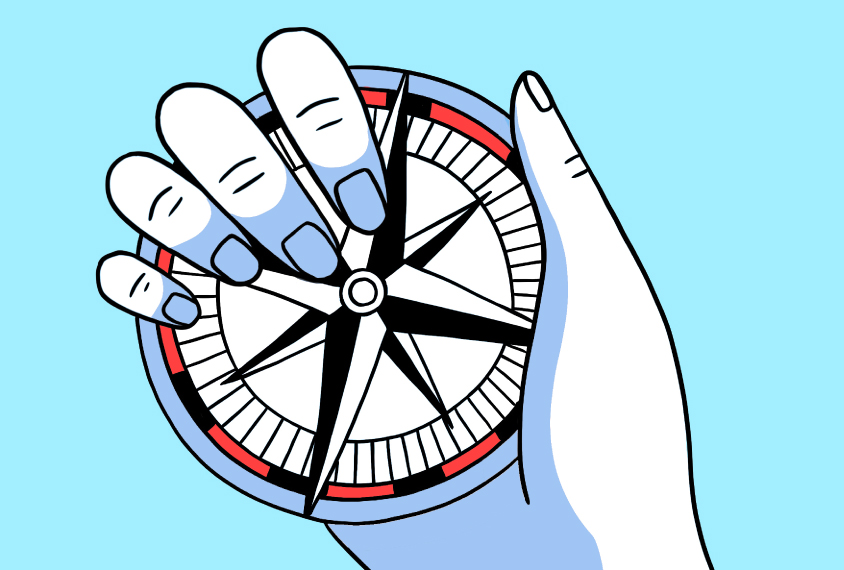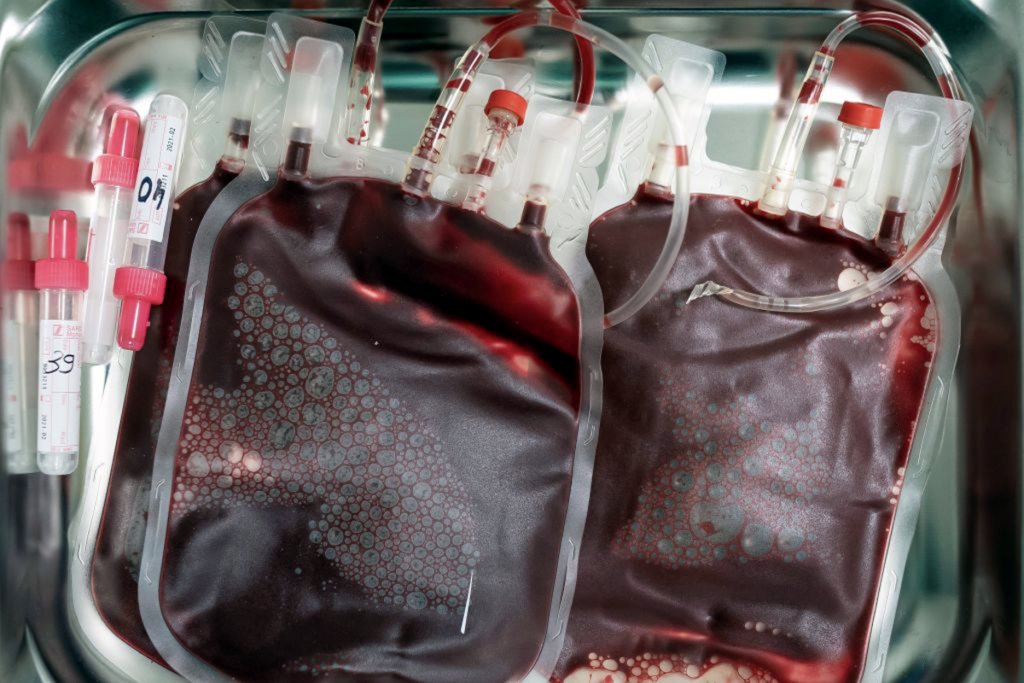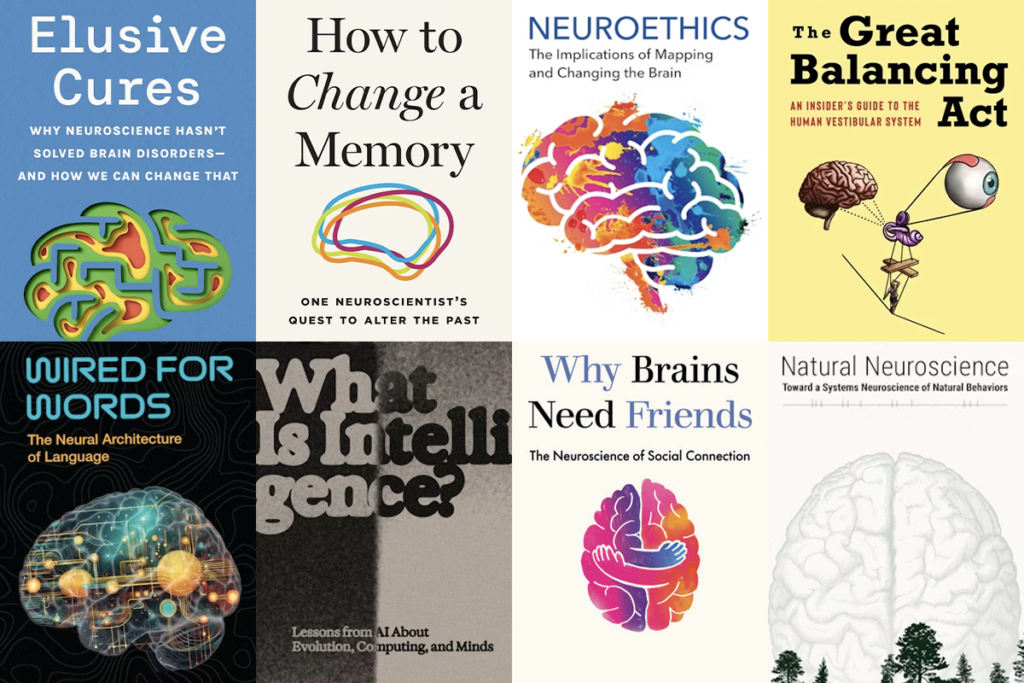Hello, and welcome to the May edition of Spectrum Launch. As always, we aim to provide guidance and resources for early-career autism researchers. And with many of you getting ready for the return of the in-person International Society for Autism Research annual meeting, we have some tips to help you get the most out of the experience.
Rachel Rivera is a second-year graduate student at Rochester University in New York, studying clinical psychology. She has taken a range of courses, from child psychotherapy to advanced statistics; she has worked with autistic children; and she can speak effortlessly about her current research project on how to quantify “picky eating” in autistic people throughout development.
But because she started graduate school during the pandemic, she has missed out on a key part of grad school life: She has never been to an in-person academic conference.
That will change next week when she travels to Austin, Texas, for INSAR. She is excited to interact with the research community and present a poster but says some aspects of the meeting seem a bit overwhelming.
For one, she is worried about having FOMO — the ‘fear of missing out’ — and not having enough time to see everything she wants to see. “How do you even know what to attend?” she says.
Rivera sought help from her adviser, Loisa Bennetto, to plan her trip. The two have also discussed the differences between presenting a poster in a virtual session, which Rivera has done before, and presenting for a live audience — everything from tips for walking people through research findings to the logistics of printing out a physical poster and bringing it on a plane.
“The medium is very different,” says Xin Jin, assistant professor of neuroscience at the Scripps Research Institute in La Jolla, California.
Jin recommends that presenters at a live poster session prepare a two- or three-minute version of their presentation that people can easily drop in on. “The whole point of the poster is not [necessarily] to get into technical detail,” Jin says. Instead, it often works better to have a conversation at the poster that focuses on the big picture and then schedule another time to grab coffee and discuss the research more in depth. That way, “you’re not digging into a particular question that’s very, very interesting for one audience member but might be boring for the rest of them,” she says.
A
lthough virtual conferences helped researchers stay in touch during the pandemic, they were a poor substitute for socializing, Jin says. With the return to the conference halls, she says, early-career researchers should take full advantage of in-person interactions.One tip, Jin says, is to “use all of your meal time and coffee time” to meet with people. Trainees should also be aware that many researchers use conferences to search for new hires. Career development is “one of the biggest reasons to go to an in-person meeting,” Jin says. “It’s just much harder to gauge over Zoom.”
For researchers looking to network, “always look at name tags,” says Kristen Lyall, associate professor at the A.J. Drexel Autism Institute at Drexel University in Philadelphia, Pennsylvania. “You may be talking to the premier expert on a topic at your poster session, whose name you’ve seen on a hundred papers you’ve read, and not know it because you never saw their picture.”
Most importantly, Lyall says, conferences should be fun.
“It’s okay to skip out on some things,” she says. “It’s impossible to attend everything, and sometimes it’s good to let your brain digest all that it’s being exposed to. Go for a run, explore the new city with colleagues, and remember that conferences should be enjoyable, invigorating learning and networking opportunities, and not draining!”
More tips from Lyall:
- Don’t be afraid to approach “rockstar” researchers, even if there is a line to talk to them. That personal connection is worth some degree of awkwardness or nervousness you may feel.
- Conferences are the perfect venue for connecting with new people. Wander through poster sessions and ask questions. If the presenter is standing by their poster and you can’t come up with a question, ask for a “walk through” to get the discussion going.
- Hopping across concurrent sessions to hear different talks is OK in theory, but it often doesn’t work out in practice, she says. Sometimes it’s better to just sit tight and listen to something you didn’t plan on, even if it’s outside your primary area of interest.
- If you experience a technical error while you are presenting, ask for assistance but keep working your way through the talk as best you can. The audience can still get a lot out of what you say, even if the slides don’t look exactly as you planned.
Jobs and funds:
- The Autism Science Foundation has announced the recipients of its 2022 pre- and postdoctoral fellowship grants.
- The BrainStorm Neuroscience Pitch Competition is still taking applications for a few more days. Applicants should record a video in which they “pitch” their research project, which they plan to work on with a senior primary investigator. Finalists receive $30,000 in funding. The deadline is 9 May.
- Applications are also open for the Simons Collaboration on the Global Brain Undergraduate Research Fellowship Program. The program provides funding for undergraduate research assistants to work in program-funded labs and receive mentorship from early-career researchers, beginning in the fall semester. The deadline is 26 May. (The Simons Collaboration on the Global Brain shares Spectrum’s parent organization, the Simons Foundation.)
Recommended reads:
- Researchers looking for a postdoctoral position should start with a list of 10 labs that they whittle down through research and interviews, suggests Ubadah Sabbagh, a postdoctoral researcher in Guoping Feng’s lab at the Massachusetts Institute of Technology, in his online guide for postdocs.
- Maya Gosztyla, a third-year graduate student in Gene Yeo’s lab at the University of California, San Diego, described her process for finding, annotating and tracking new scientific papers in a detailed Twitter thread.
- And here’s another take from Joshua Dubnau, professor of anesthesiology at Stony Brook University in New York:
Here is my short thread about how to read scientific papers:
Step 1: print papers (double sided)
Step 2: staple the top left corner
Step 3: put them in my carry bag
Step 4: carry them back and forth between work and home for weeks.
— Josh dubnau (@joshdubnau) April 20, 2022
- The Black in Neuro seminar series is returning this fall, and its organizers are looking for speaker recommendations.
Special Announcement Alert!???? Our Black In Neuro Seminar Series will be returning starting every 1st Friday of the month this Fall! Who would you like to learn from this season? Let us know by filling out the google form below! ⬇️https://t.co/ru8JY4Sl7y pic.twitter.com/aTaxUQHCxW
— Black In Neuro ??? (@BlackInNeuro) April 21, 2022
- For researchers who are feeling discouraged about funding, Omar Siddiqi, assistant professor of neurology at Harvard University, tweeted about what he has learned from his past grant application failures and later success. “Don’t take the rejections personally,” he wrote. “The process is imperfect.”
- And here’s a “pro tip” for finding research funding:
Fellow junior scholars and grad students, wanna know a pro tip???
Every time I see someone I admire win a fellowship or award, I write it down to make sure I apply for it.
— Dr. Candice C. Robinson (@SocScholarCR) April 21, 2022
- Institutions can help first-generation researchers succeed in academia by increasing awareness of scholarships and providing opportunities to connect with other first-gen students, according to a new Nature Careers feature.
Any suggestions for how to make this newsletter more useful, or recommendations for what topic we should cover next? Send them to [email protected].





